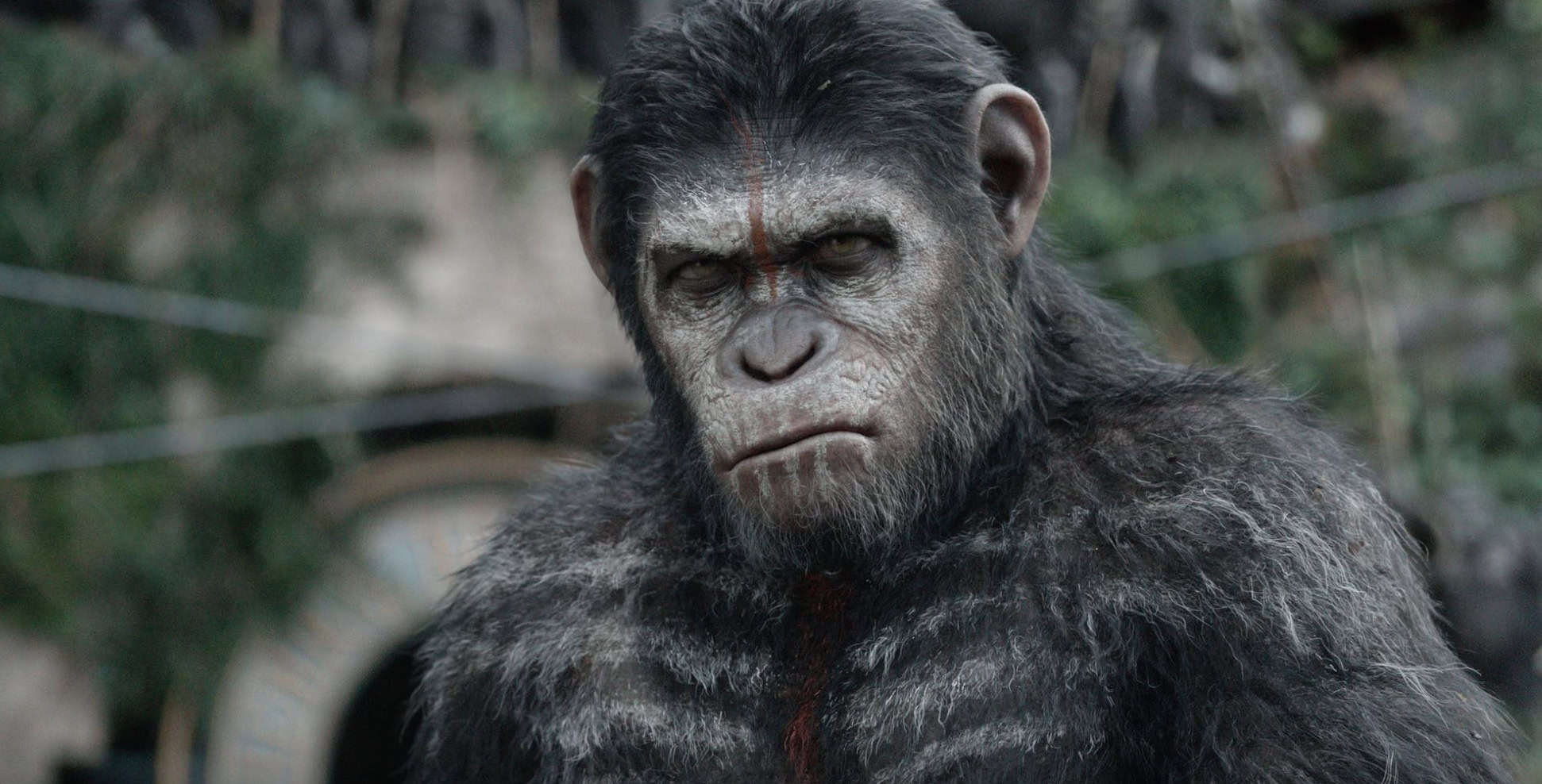
When I think of the sci-fi boom in the late 1960s and ’70s, film series such as Star Wars and Star Trek instantly bring up fond memories and genre-defining visuals. Another franchise that deserves recognition is Planet of the Apes. Since 1968, the franchise has spawned classic lines and indelible scenes, and explored contemporary issues throughout its 50-year history. The newest reboot in the franchise, “Kingdom of the Planet of the Apes,” is set to release on May 10. In honor of an iconic film franchise that just won’t go away, I’m looking back and ranking all the previous entries in the Planet of the Apes series.
9. ‘Planet of the Apes’ (2001)
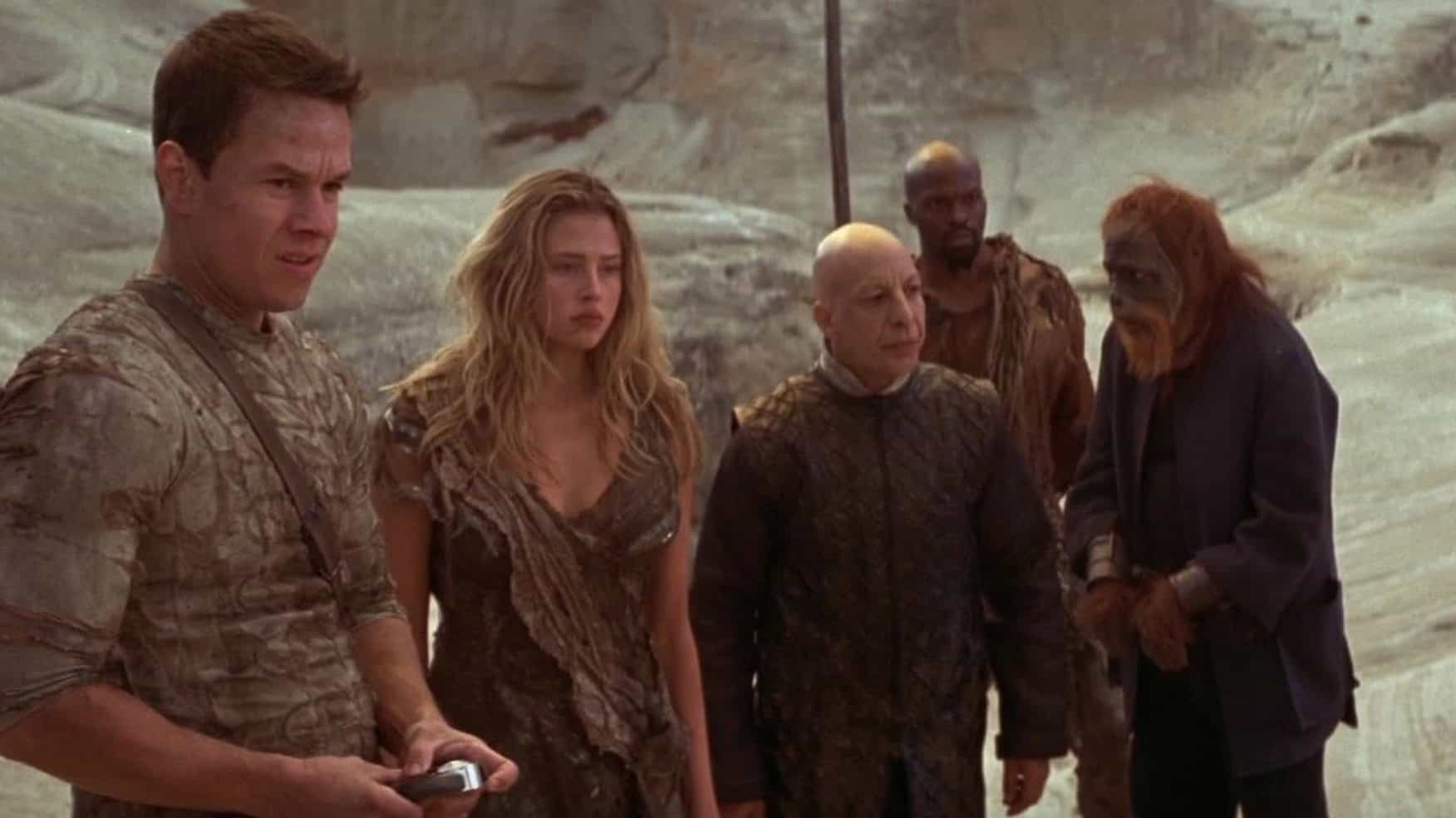
I love this franchise, so I’ll start by saying a couple of nice things about “Planet of the Apes,” the 2001 Tim Burton remake of the original. The effects for the apes are genuinely pretty good, and Tim Roth’s villainous Thade is an interesting character and a great performance.
Everything else about this movie is a mess. Mark Wahlberg is off his game the entire movie, and the plot is convoluted and a pale imitation of the original. It’s tonally all over the place, losing all the charm of the original franchise. The ending has some cool imagery, but it’s clear the big twist was put in just to mirror what came before, and it makes no sense when you think about it for more than a few seconds. Something has to be last on this list, and it was always going to be this film.
8. ‘Battle for the Planet of the Apes’ (1973)
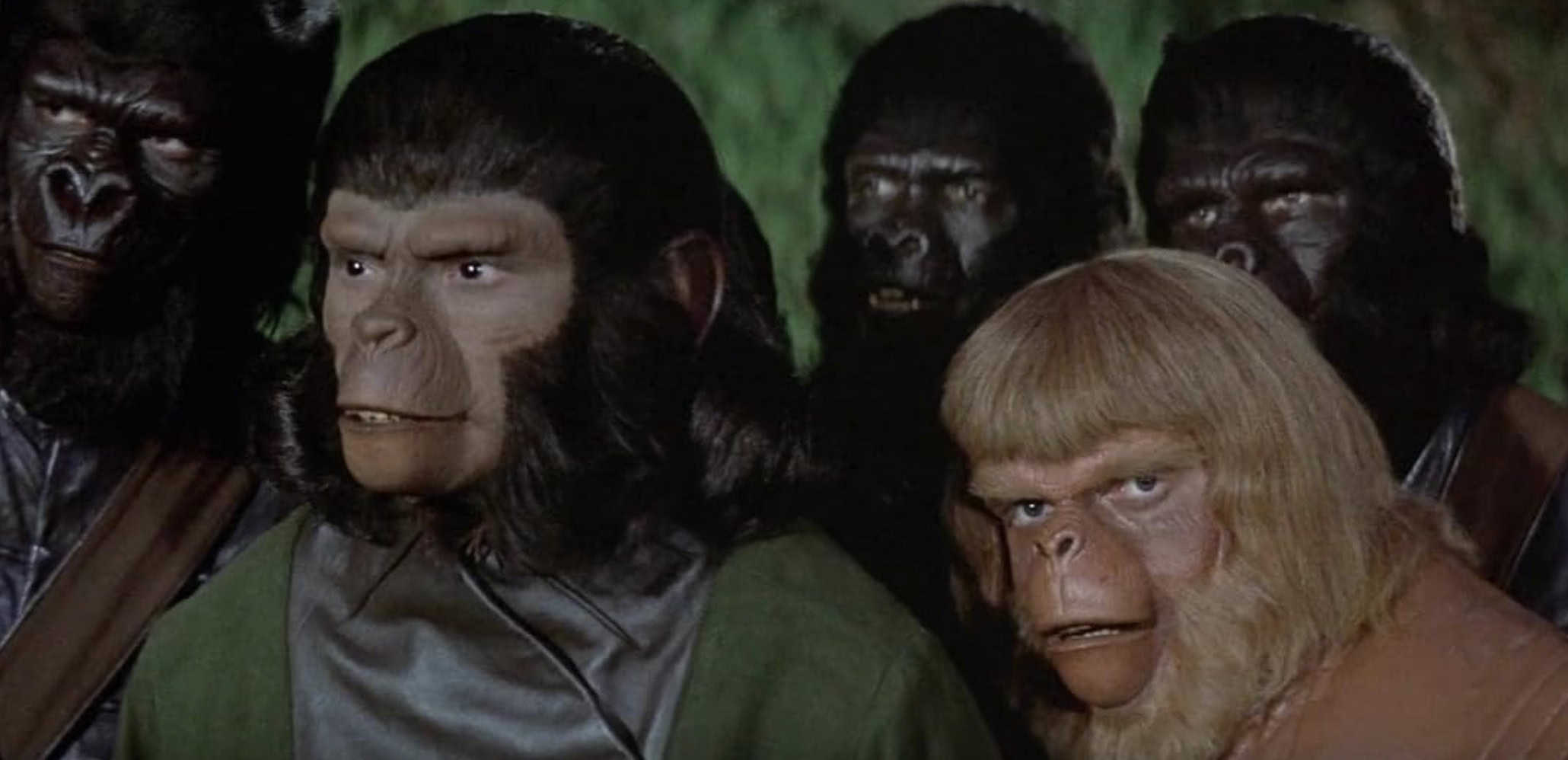
When you’re on your fourth sequel in as many years, the quality is going to suffer. “Battle for the Planet of the Apes” finishes the original series with a soft thud instead of a triumph.
The film follows ape protagonist Caesar (Roddy McDowall) in his new role leading society, balancing the new ruling class of apes with what remains of the human race. There are some interesting ideas in here that would plant the seeds for where the franchise would go decades in the future, but a lot of the dialogue leaves much to be desired. The breakneck pace of the franchise and the limited budget make a big impact, and the whole movie looks dingy and lackluster — even for its era. I appreciate the movie’s ending, though, because it leaves audiences with an ambiguous moral that is sure to provoke thought.
“Battle for the Planet of the Apes” is streaming now on Starz.
7. ‘Beneath the Planet of the Apes’ (1970)
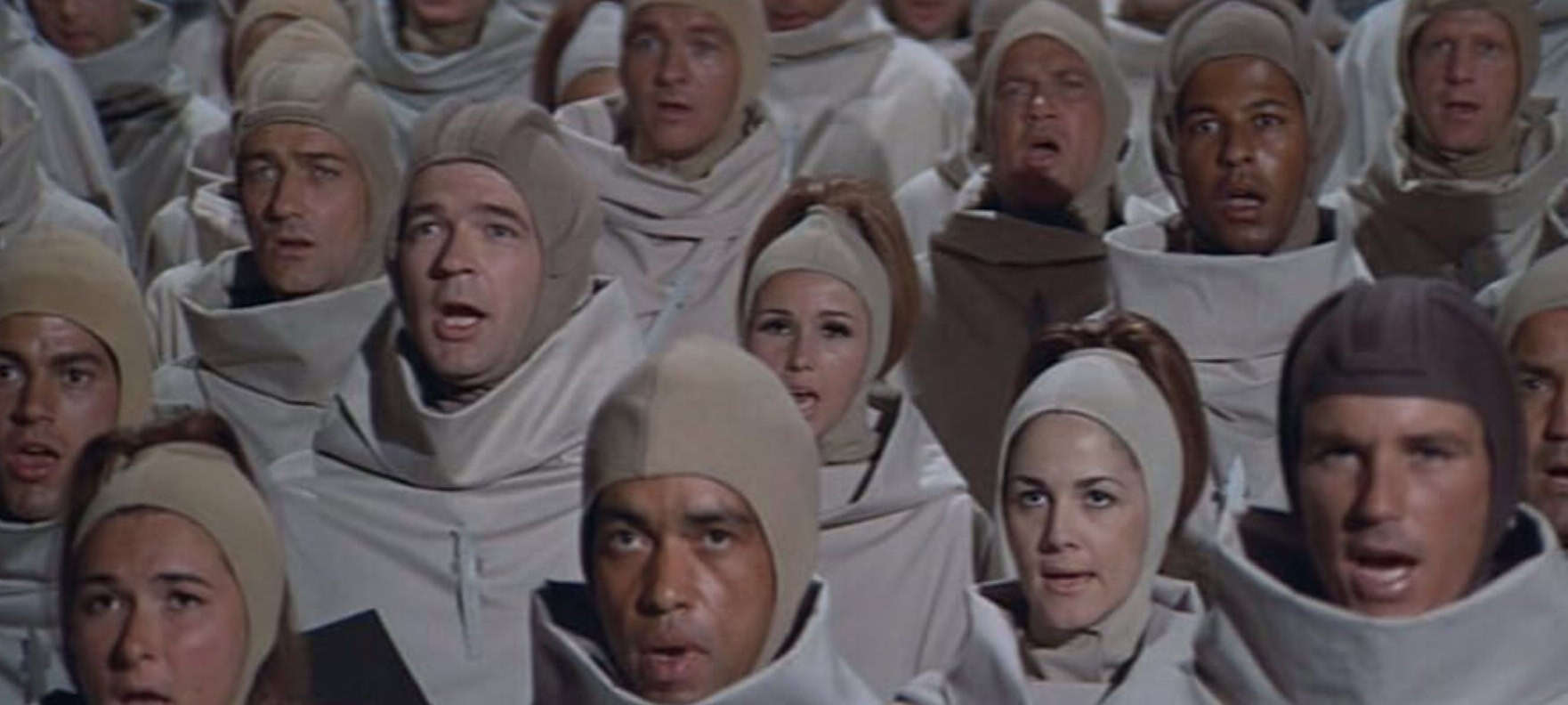
The Planet of the Apes franchise always had some lessons, even from the very first movie. It wasn’t super up front, but it was there. The first sequel, “Beneath the Planet of the Apes,” decided to be more explicit — a lot more explicit, actually.
Following another group of humans who discover this world of apes after the original crew, “Beneath the Planet of the Apes” leans heavily into an antiwar, nuclear disarmament message. That’s a great message to have, but the film beats the point home over and over with ham-fisted dialogue that quickly becomes exhausting. It also introduces a slew of complex plot elements like mutants and telepathy, none of which land particularly well.
“Beneath the Planet of the Apes” is streaming now on Sling TV.
6. ‘Conquest of the Planet of the Apes’ (1972)
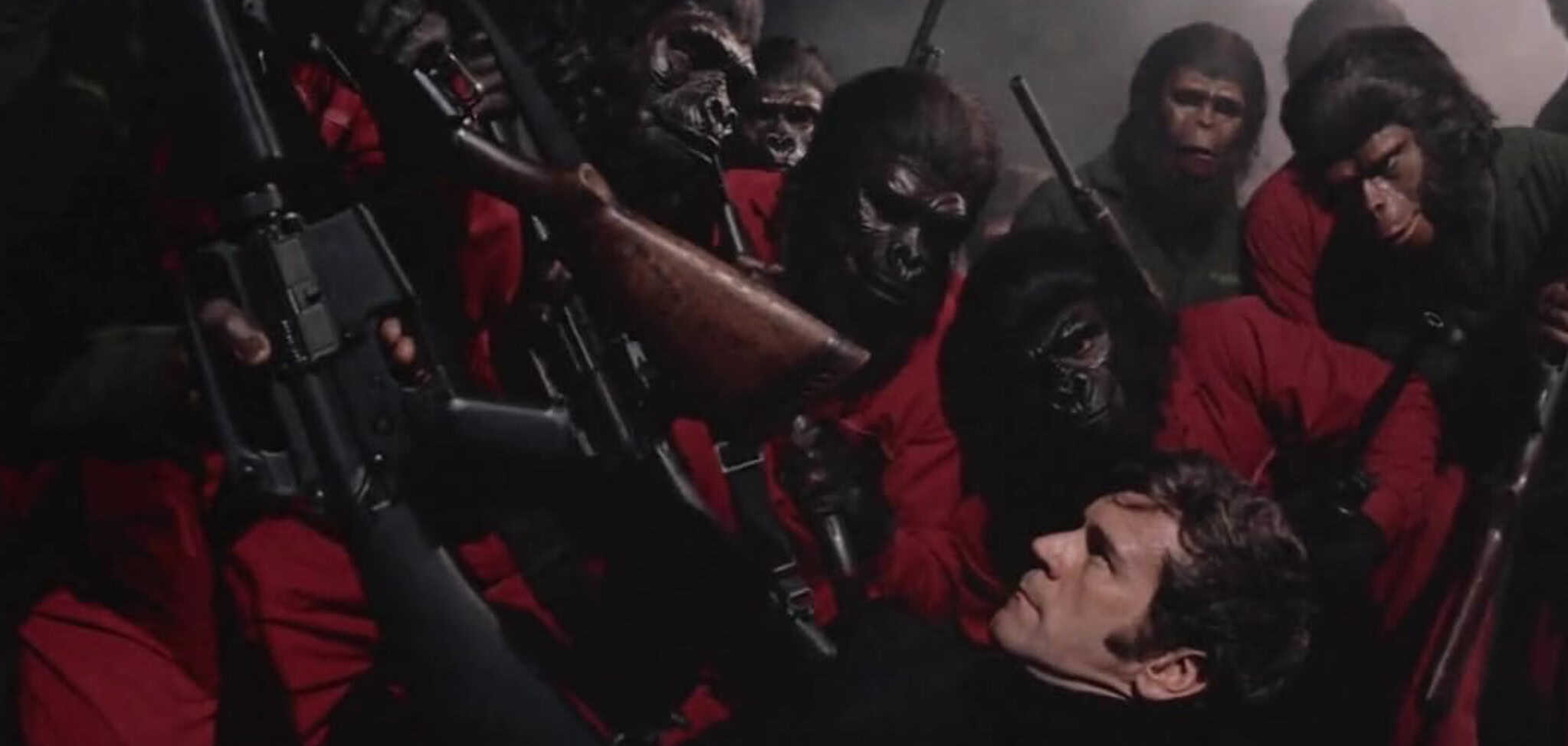
“Conquest of the Planet of the Apes” has a special place in my heart for being the first movie with Caesar, my favorite character in the franchise, as a main protagonist. It takes place in the near future, and, as the title implies, tells the story of how apes came into power.
This is another film in the franchise that suffers from a strained budget, and although it has less to do visually than “Battle for the Planet of the Apes,” it doesn’t appear quite as bad. Again the franchise addresses real-life issues with a greater focus on Civil Rights Movement commentary, which has its heart in the right place even if some of the execution feels forced. At this point, it was clear that Planet of the Apes had cultural staying power.
“Conquest of the Planet of the Apes” is streaming on Sling TV.
5. ‘Rise of the Planet of the Apes’ (2011)

The first film in the reboot series, “Rise of the Planet of the Apes” served to revitalize and reintroduce the series to a new generation. Telling the origins of the Planet of the Apes, “Rise of the Planet of the Apes” follows scientist Will Rodman (James Franco) on a quest to cure genetic mental disorders by experimenting with apes, including infant Caesar (Andy Serkis). Naturally, that doesn’t turn out too well.
I love the reboot series, but “Rise of the Planet of the Apes” is inarguably the weakest of them. Many of the human characters, including Will, are grating at times, and the film can feel slow before getting into the actual rising of the primates. Serkis is already in rare form as Caesar, though, and it sets the stage for the films to follow.
4. ‘Escape From the Planet of the Apes’ (1971)
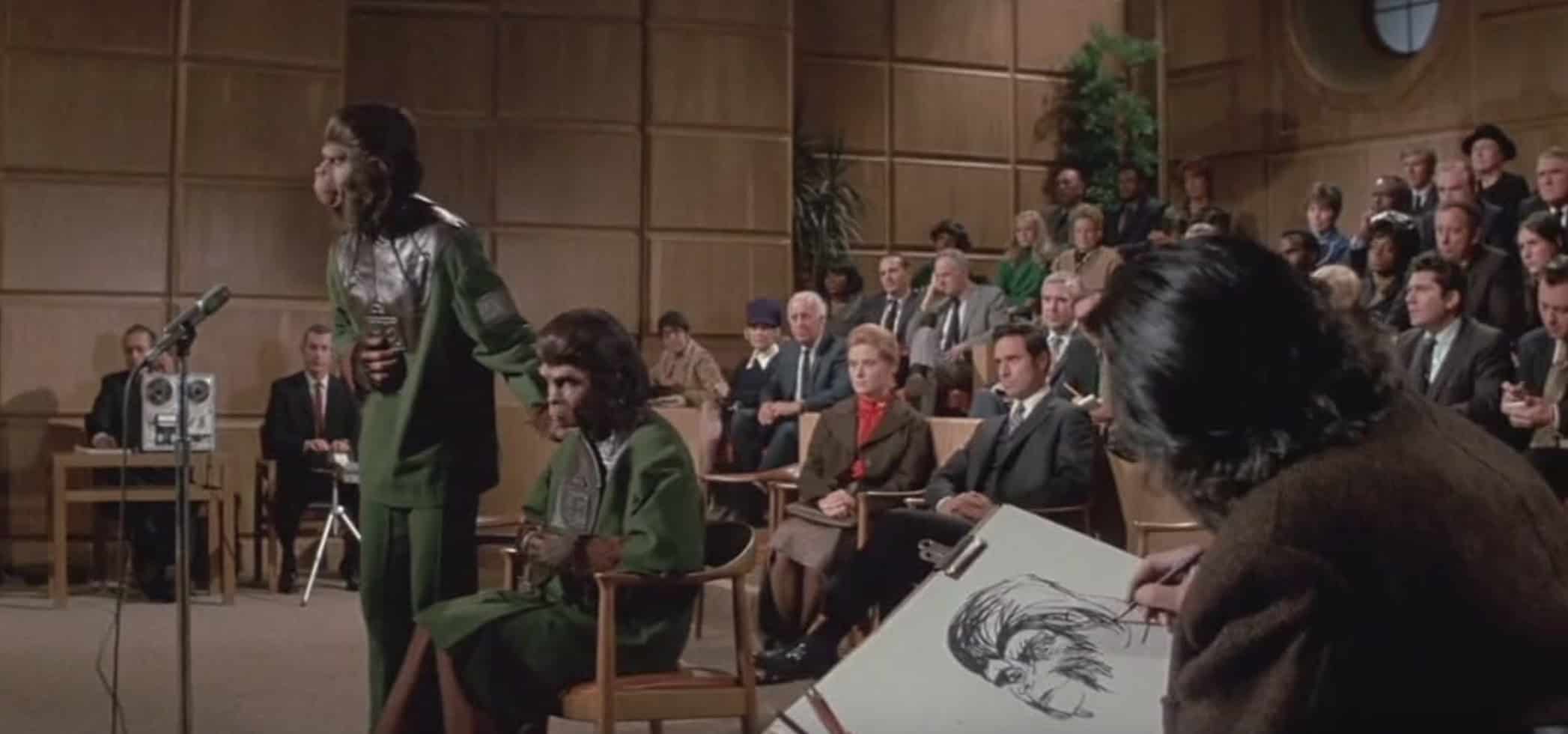
The best of the ’70s sequels, “Escape From the Planet of the Apes” lays a lot of groundwork for what the reboot series would aim for 40 years later. It also follows the origins of the ape civilization, this time through the eyes of the time-traveling apes Cornelius (also McDowall) and Zira (Kim Hunter).
As opposed to some of its other sequel brethren, the writing for “Escape From the Planet of the Apes” is extremely strong, exploring racial tensions, the nature of mankind, and whether violence is inherent or learned. Much of the sci-fi elements take a backseat to more philosophical questions, and it works to steer the franchise in a more thoughtful, provocative direction.
“Escape From the Planet of the Apes” is streaming now on Starz.
3. ‘Dawn of the Planet of the Apes’ (2014)
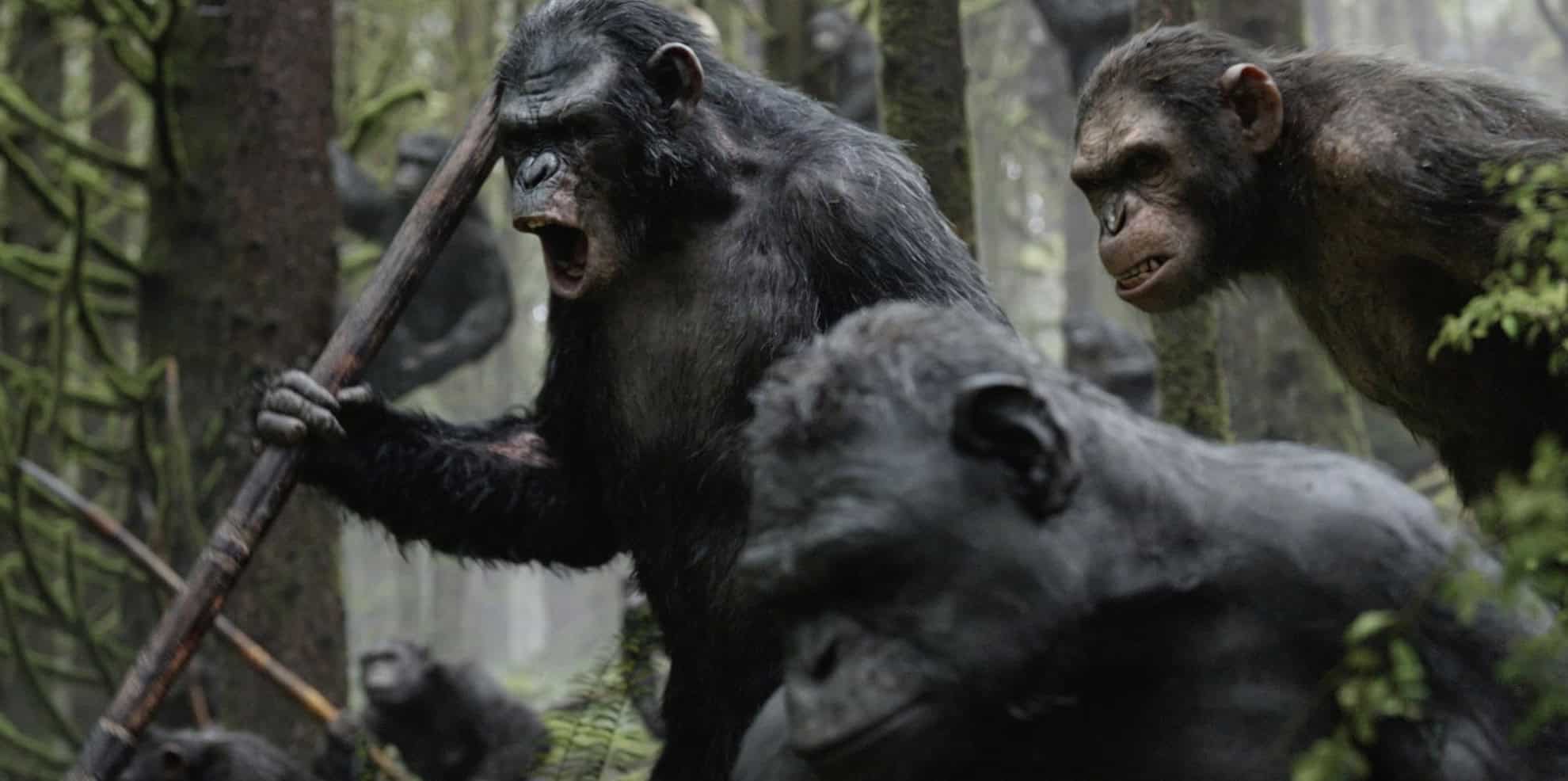
The advances in motion-capture technology are a huge part of why the reboot trilogy shines, with actors and VFX artists collaborating to create performances that will blow viewers away. That becomes apparent in the second installment of the reboot series, “Dawn of the Planet of the Apes.”
This is a powerhouse cast, with Gary Oldman and Keri Russell on the human side and Serkis, Toby Kebbell, and Judy Greer all portraying apes. As Caesar begins to learn the price of leadership, each character blooms into a deep, nuanced being. The diverging upbringings of Caesar and Kebbell’s villainous Koba and how it impacts their views of humans is a fascinating dynamic to watch.
2. ‘Planet of the Apes’ (1968)
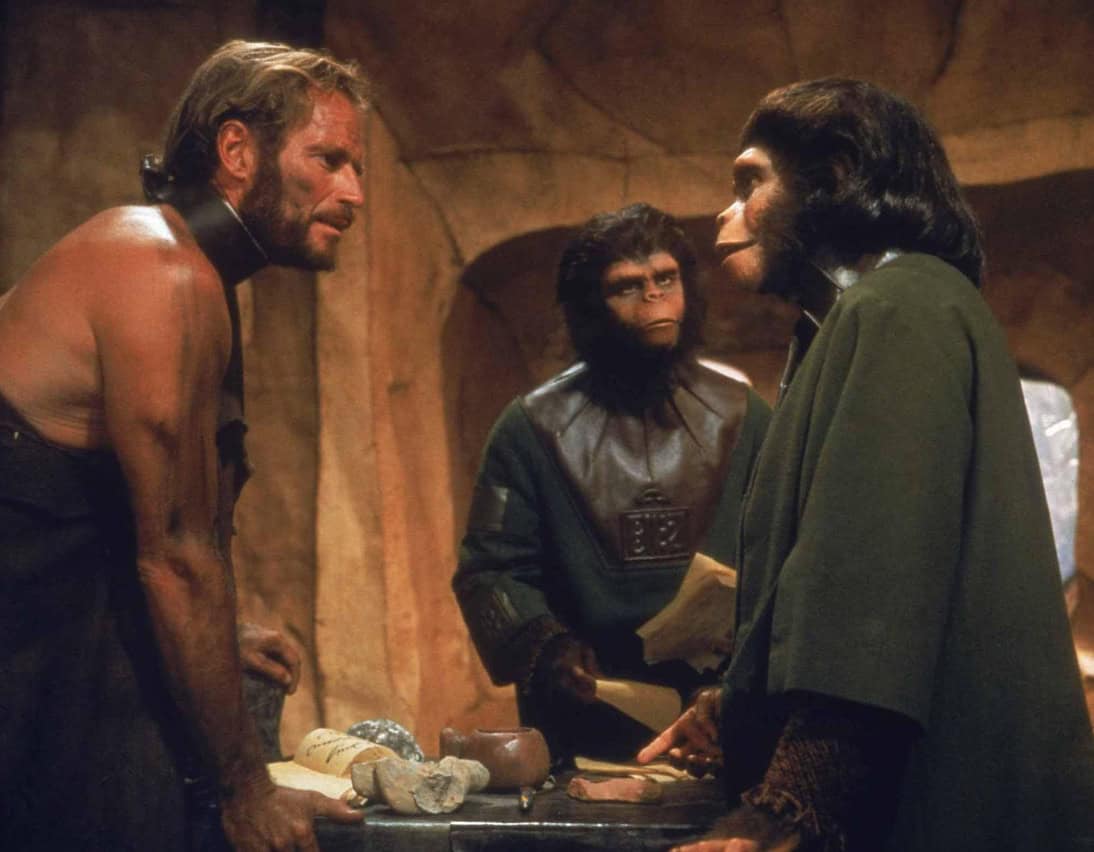
The film that started it all still holds up after all this time. A landmark in sci-fi, “Planet of the Apes” deserves its spot on the Mount Rushmore of all-time greats.
The wonder and fascination mixed with unease and fear that astronaut Taylor (an excellent Charlton Heston) feels after a centuries-long journey to this new world is palpable. The practical makeup effects on the apes are instantly iconic and impressive, and the twist ending still holds a huge emotional payoff and shock.
1. ‘War for the Planet of the Apes’ (2017)

Is it blasphemous not to have the original at the top spot? Maybe for some, but “War for the Planet of the Apes” is that good. A culmination of the two films that came before it, the movie is epic and nearly flawless.
As Caesar prepares for a war he never wanted, the apes and what’s left of humanity have to grapple with their places in the world before and after the conflict. Woody Harrelson adds yet another dynamic, nuanced performance to the new trilogy, and the rest of the cast rises to meet him. The set pieces are visually stunning, Caesar’s continued growth is moving, and the story moves at a dizzying pace until it reaches a satisfying, breathless conclusion.
